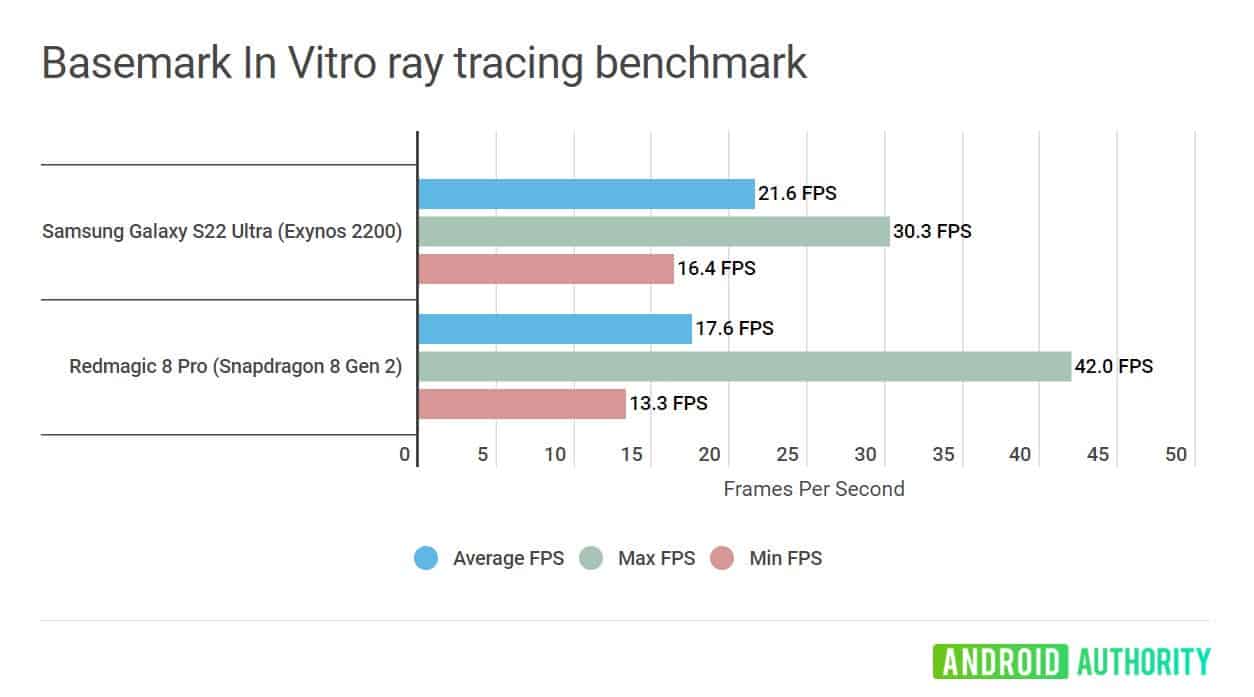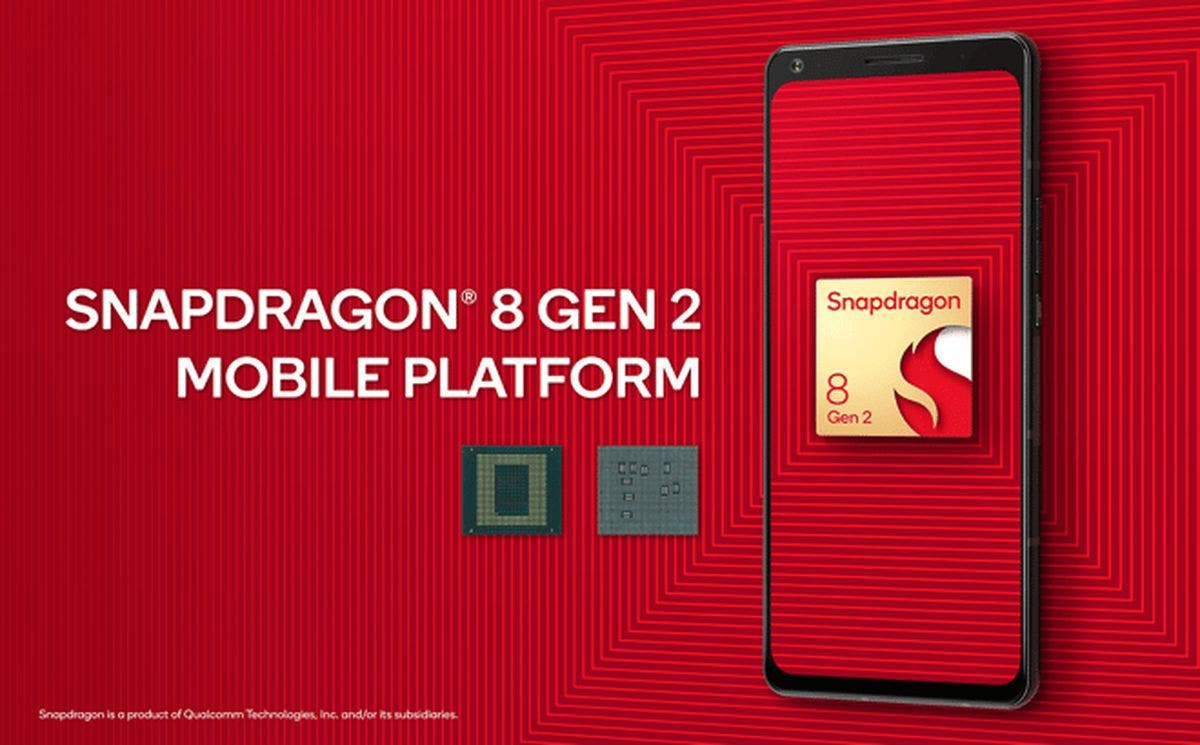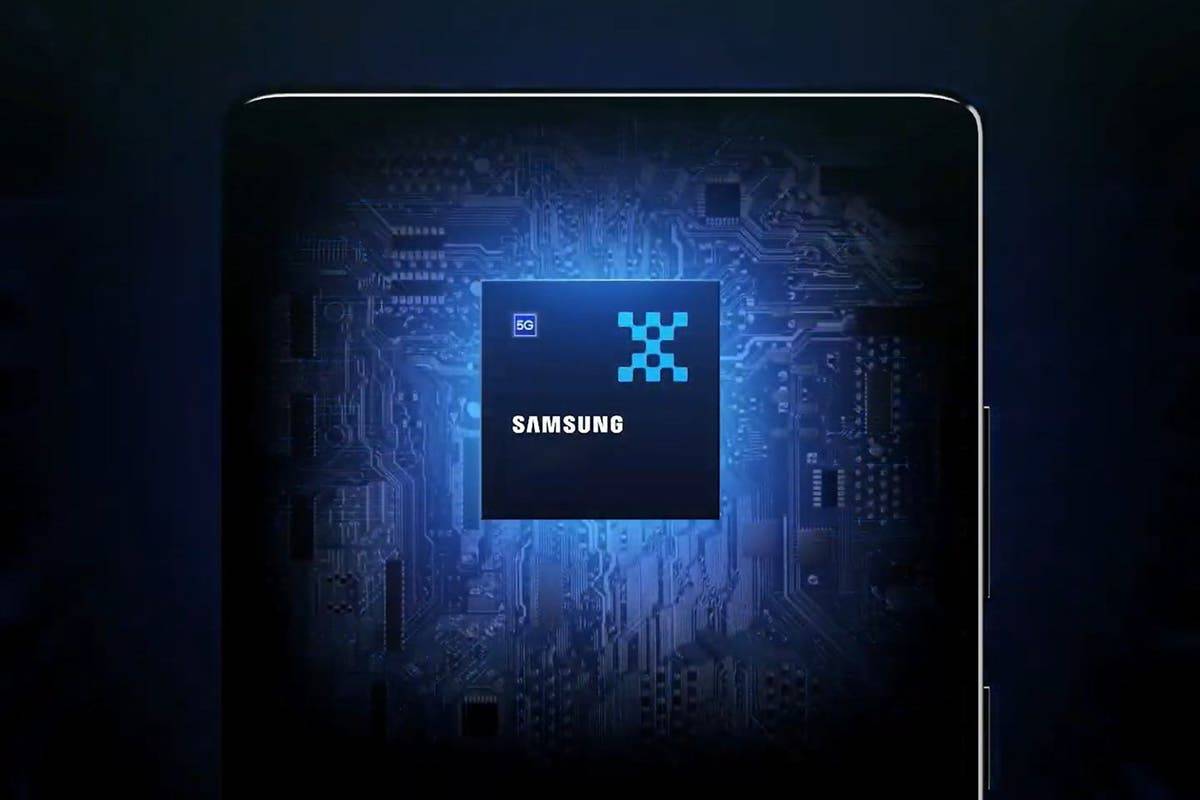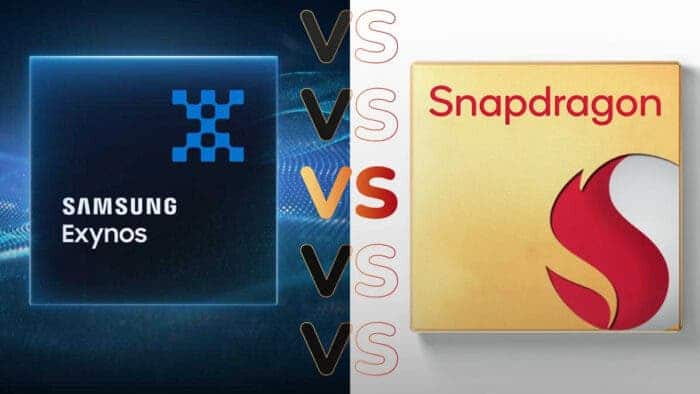Ray tracing is the new big thing for mobile games. Although it is very early, it will soon be a notable factor when phones are gauged for high-end gaming performance. And virtually all 2023 flagship smartphones will support it. Well, the Exynos 2200 took an early lead. It just beat the Snapdragon 8 Gen 2 in one ray tracing test!
Now, you need to note that benchmarks are never perfect. They never mean real-world performance. However, they are a crucial tool for comparing performance between devices.
Nonetheless, the tool that Exynos took the lead in is from Basemark. It has a brand new suite of tools named In Vitro GPU test. And Android Authority just did an in-depth test with the devices that currently support ray tracing. Read through to know all about the results.
A Little About In Vitro – The First Smartphone Ray Tracing Benchmark Tool
Before looking at the numbers or charts, you must first understand the In Vitro test. And the first thing that needs to get out of the way is that it does not tell you the performance it measures. Instead, the benchmark is designed with 3D content replicating the demanding mobile games.
So, the test performed by Android Authority made the Exynos and Snapdragon-equipped phones focus on lighting, details, and models. It did not make the GPUs work on animations or carry out open-world rendering.

Now, when it comes to rendering, In Vitro utilizes ray tracing to improve the overall quality of reflections. The other scene elements, including shadows and lighting, utilize the traditional rendering method.
That means the tool can give you a good look at a hybrid rendering workload. But it will not offer you the full picture of how the Exynos and Snapdragon phones can handle combined ray tracing for all elements.
Samsung S22 Ultra (Exynos 2200) vs Redmagic 8 Pro (Snapdragon 8 Gen 2)
Currently, only two mobile SoCs have the support for running ray tracing. And those are the Exynos 2200 and Qualcomm Snapdragon 8 Gen 2. Although both of them support the same technology, they get the support of Vulkan API and ray tracing by using different hardware.
Samsung partnered with AMD, a GPU giant, to bring its RDNA 2 architecture to the Xclipse 920 GPU of Exynos 2200. On the other hand, Qualcomm has integrated ray tracing capabilities into its in-house Adreno 740 GPU by itself.
To put the GPUs of the Exynos and Snapdragon to the test, Android Authority has installed In Vitro on Redmagic Pro 8 and Samsung Galaxy S22 Ultra. And take a look at the results:

Unexpectedly, the last-gen Exynos 2200 offers a superior average number than the current Snapdragon flagship, 8 Gen 2. But that doesn’t mean that the Snapdragon did poorly. It was able to high the highest peak FPS. However, its lower lows brought it down.
Android Authority claims that the Snapdragon 8 Gen 2 runs the benchmark better in real-time. However, when the benchmark ramps up the reflection amount at the end, the SoC struggles a lot.
A Clear Win For Exynos?
The team took multiple tests on the Galaxy S22 Ultra (Exynos 2200) and Redmagic 8 Pro to come up with the numbers. They got the same results each time. And this is not a performance issue at all. The Redmagic 8 Pro passes with flying colors against the S22 Ultra on all the other benchmarks that the team ran.
It should also be noted that the Redmagic 8 Pro was running a new version of the Vulkan API. The phone was on 1.3.128, while the Exynos-equipped S22 Ultra was on 1.1.179. So, it is not like the Snapdragon phone did not have the software support it needed.

That means that the Snapdragon 8 Gen 2 is genuinely inferior when it comes to ray tracing capabilities. At least, that is what the team at Android Authority concluded for Basemark’s tool.
Exynos Is Superior to Snapdragon at Ray Tracing, at Least for Now
Even though the results might appear to be shocking, they are not entirely unexpected. There were a large number of ray tracing announcements back in 2022. And from all of those, it was clear that there are a large number of variables when it comes to measuring the ray tracing capabilities of phones.
Even if a GPU is faster at traditional rasterization, it does not mean that it will offer better ray tracing performance. At least, that is clear from the Snapdragon vs. Exynos test that the Android Authority team did.

And you can not forget that Qualcomm is working from scratch for its ray tracing support on Snapdragon SoCs. On the other hand, Exynos had the support of the GPU giant AMD. But from what the results show, Qualcomm has a lot to work on. Also, it shows that the upcoming Galaxy dedicated chip on future Galaxy devices might be the king of gaming.





